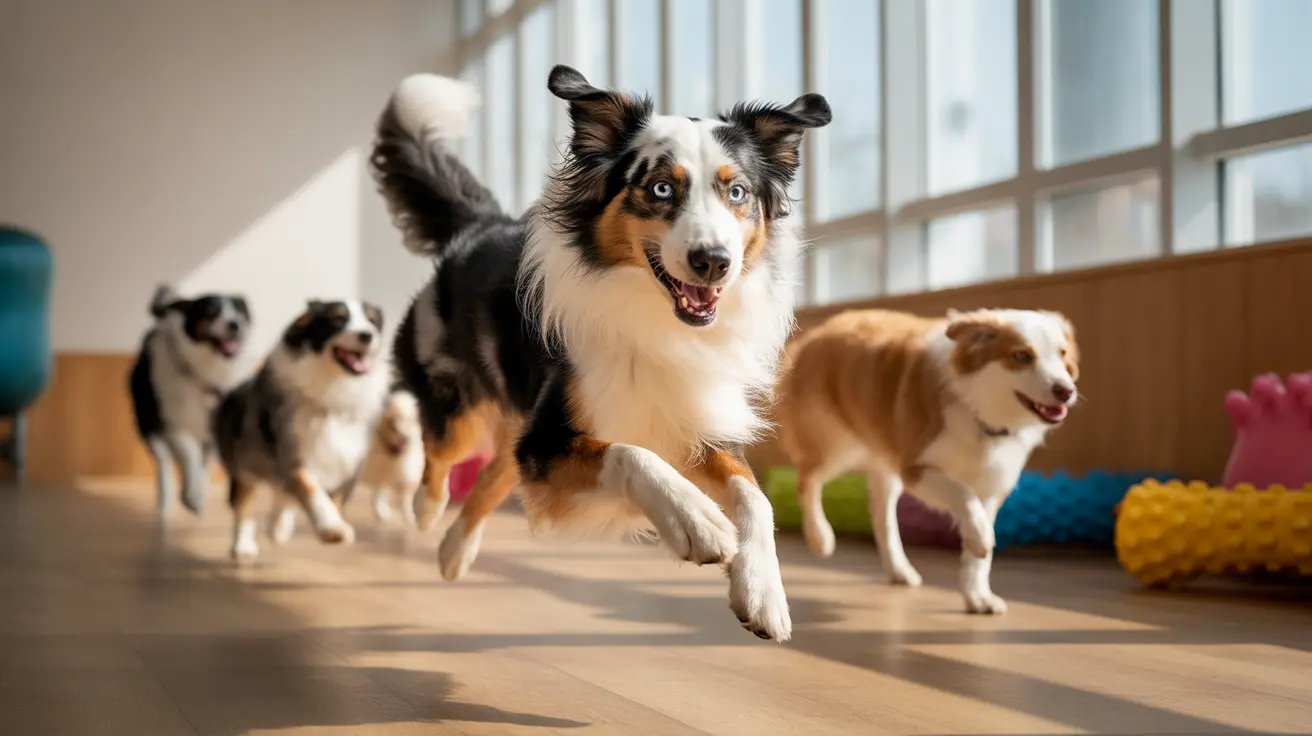Understanding the 10-10-10 Rule for Dog Training
The 10-10-10 rule is a practical approach to dog training that suggests conducting three training sessions a day, each lasting ten minutes. This methodology helps improve a dog’s attention span, reinforces repetitive learning, and aligns with their cognitive needs. While it's not always labeled explicitly in dog training texts, the underlying principle is supported robustly by expert advice advocating for short, positive, and frequent training sessions.
Why Short Training Sessions Work
Dogs have limited attention spans, especially puppies and young dogs. Training that is too long can lead to frustration, disinterest, or even anxiety in dogs. These short windows of training are ideal for maximizing engagement and retention.
- Manageable focus: Ten-minute increments prevent fatigue and allow your dog to concentrate.
- High engagement: Frequent, fun sessions maintain enthusiasm and avoid boredom.
- Positive experience: Training remains a rewarding and enjoyable activity for your dog.
The Science Behind Repetition and Frequency
The concept behind the 10-10-10 rule is not just about duration but also repetition and pattern reinforcement.
- By repeating lessons multiple times a day, your dog is more likely to internalize the behavior.
- Regular sessions capitalize on the dog’s natural learning curves and memory cycles.
- Consistent reinforcement helps prevent backsliding and improves long-term retention.
How to Structure the 10-10-10 Training Routine
A successful 10-10-10 training routine should be carefully structured around your dog’s day.
- Morning session: Right after your dog wakes up and goes outside, invest ten minutes in basic cues like sit, stay, come.
- Afternoon session: After some play or exercise, build on previous learning or introduce new concepts like leave it or heel.
- Evening session: Before bedtime, reinforce the day’s training or practice calming behaviors like place or settle.
In each session, use positive reinforcement such as treats, toys, or praise. Consistency and timing of rewards are crucial to avoiding confusion and reinforcing the correct behavior.
Maximizing the Impact of Each Session
To get the most out of the 10-minute training windows, follow these tips:
- Use a clicker or a marker word like “yes” to precisely mark correct behaviors.
- Be generous with rewards at first and adjust according to progress.
- Keep your own mood light and enthusiastic to keep your dog motivated.
- Make training part of everyday routines so your dog views it as a regular, fun experience.
Common Mistakes to Avoid
Training success hinges on avoiding critical errors:
- Cue nagging: Repeating commands teaches dogs they can ignore the first one. Say each cue once clearly.
- Inconsistency: Mixing signals between handlers or routines confuses your dog.
- Training when frustrated: Dogs easily pick up on negative emotions and will disengage if they sense your tension.
- Failure to generalize: Practice commands in various environments to ensure your dog understands universally.
Tailoring the Rule to Your Dog
Not all dogs are at the same stage of learning or have the same tolerance for training. Adjust the intensity and complexity of each session to fit your dog:
- Beginners: Focus on basic obedience using high-value rewards and lots of praise.
- Advanced dogs: Challenge them with increased distance, distractions, or choreographed tricks.
- Senior dogs: Shorter, lighter training with more verbal praise than treats may work best.
Proofing Behavior With the 10-10-10 Approach
As your dog becomes proficient, you should gradually introduce proofing—testing learned behaviors in new scenarios:
- Introduce new environments one at a time.
- Add distractions like toys, people, or other animals.
- Increase the difficulty in small, incremental steps.
This way, your dog builds a reliable response to cues regardless of the setting or distractions.
Final Thoughts
The 10-10-10 rule offers a highly effective, manageable, and enjoyable dog training strategy. It aligns with expert endorsements for short, consistent, and positive sessions that enrich your dog’s mind and behavior. Whether you’re teaching new tricks or reinforcing obedience, structuring your day around these focused moments boosts your dog’s learning and strengthens your bond.





